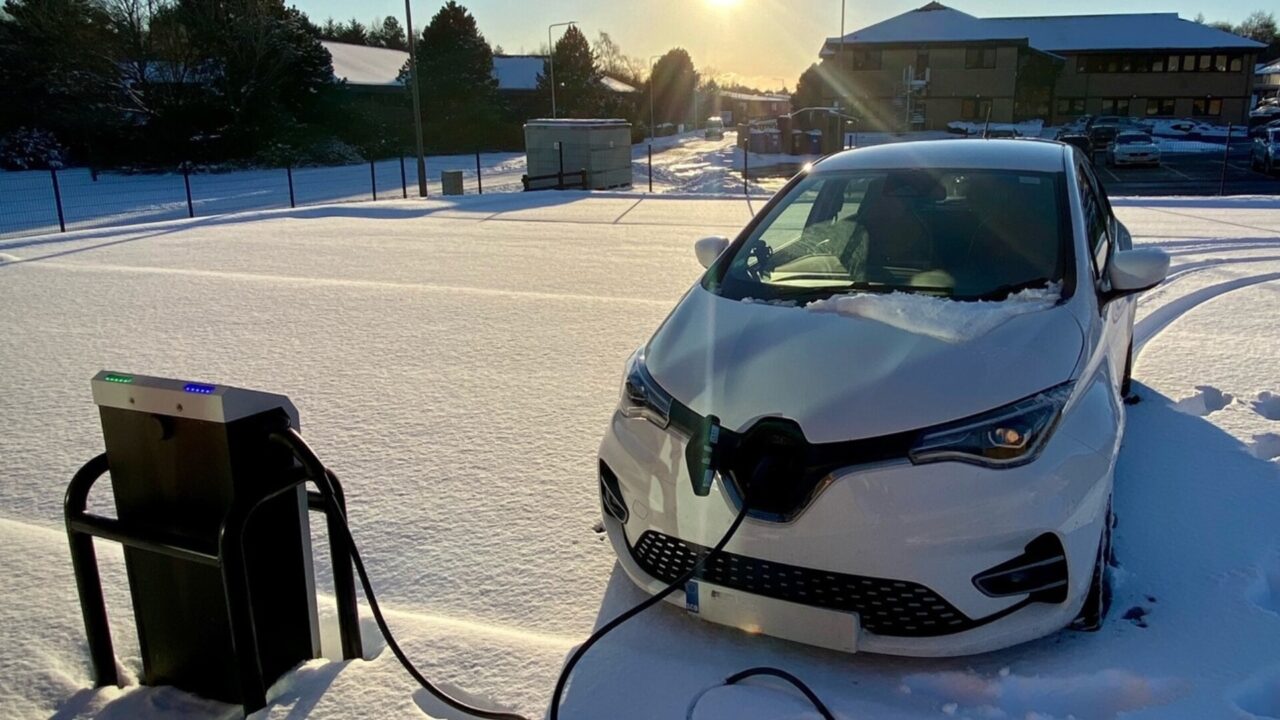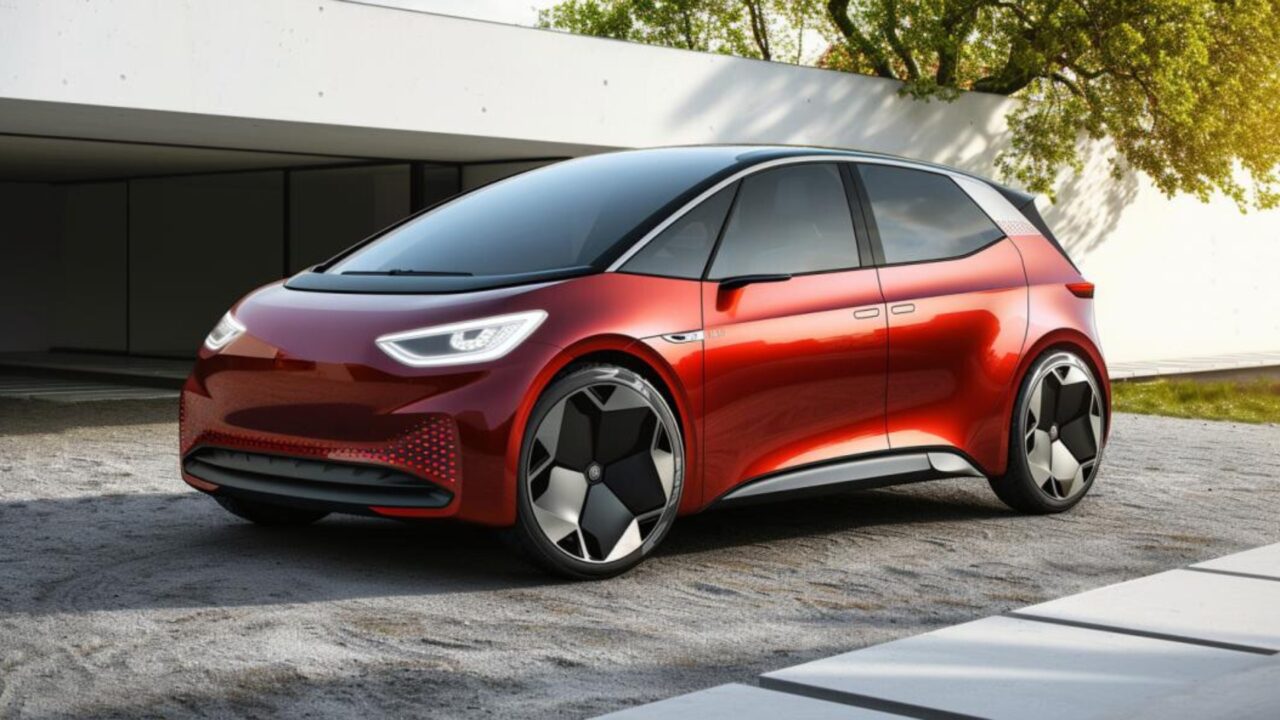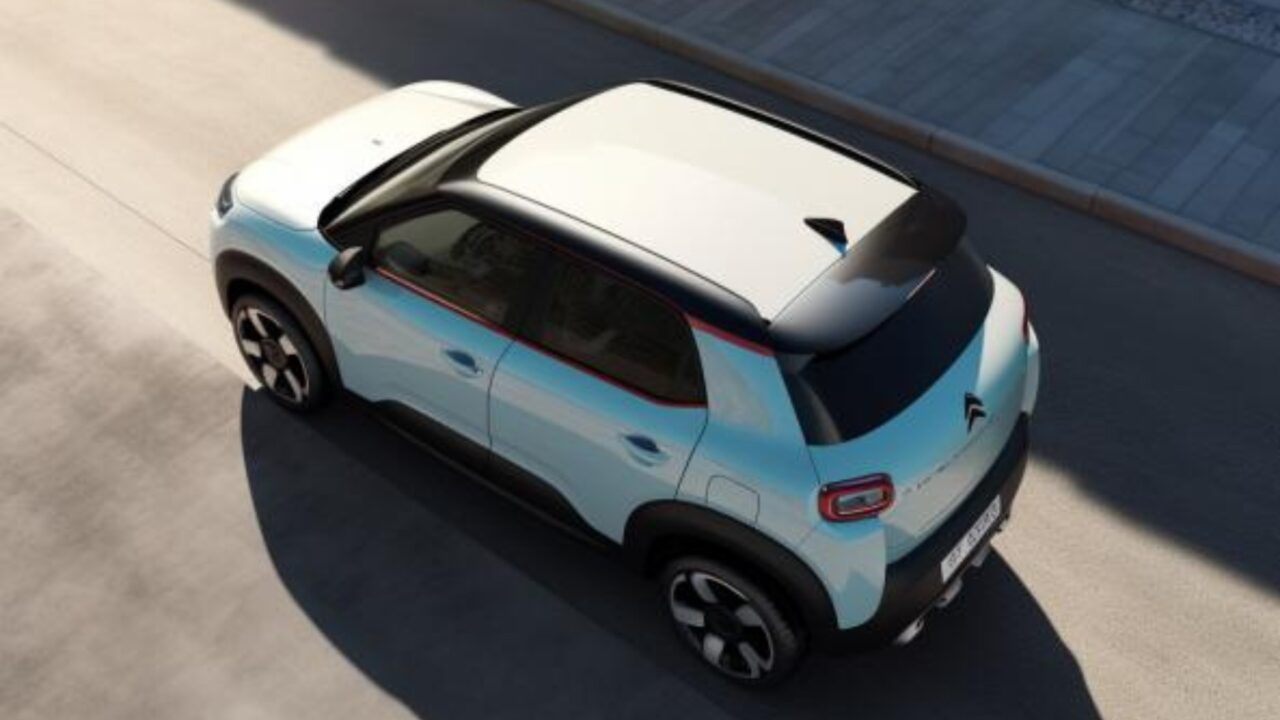The UK’s EV charging landscape has a number of successes as well as areas in need of improvement. Driver insights have provided an analytical view focused on reliability, customer satisfaction and key areas for improvement at public charging stations.
The electric vehicle (EV) market in the UK is seeing remarkable growth, mirroring trends across the globe. However, the transition to electric mobility brings its own set of challenges, especially when it comes to the reliability of public charging networks.
Charging anxiety tends to be the primary concern for potential and some current EV owners, and not the more publicised range anxiety. The apprehension about arriving at a charging station only to find it isn’t working. This can be a considerable deterrent for many considering making the switch to electric.

Many EV drivers have encountered malfunctions at public charging points, leading to failures in electric cars charging. This can be due to numerous reasons, such as public chargers being out of service, payment system failures, charge initiation failing, and broken connections.
Connectivity Issues
The primary causes of charging station failures appear to be due to connectivity issues. The inability of charging stations to connect to the network to authenticate is a significant issue. Many EV charging networks rely on cellular connections, which are susceptible to the same service downtimes as mobile phones do.
One solution could be to offer free charging as a default in the event of a connection failure, which would ensure that drivers are not left stranded.
Other noted problems include internal faults and errors and, to a lesser extent, issues with charging connectors or cables, credit card readers and display screens.
Charging network reliability needs to be improved and new government regulations aim to improve the situation. The issues to be sorted include software updates, hardware maintenance, and even redesigning certain components of the charging infrastructure. Compatibility issues with new car models from an expanding roster of EV manufacturers further complicate the charging process.
Exploring the Reliability of UK’s Public EV Charging Stations
Public EV charging stations and ultra-rapid chargers also face a myriad of other issues that can render them nonfunctional. Vandalism, theft, and exposure to harsh weather conditions can also damage screens, plugs, or cords.

The maintenance of charging stations might well emerge as a major issue, with operators or land owners neglecting the necessary upkeep of the devices. A lack of maintenance will eventually lead to EV charge points falling into disrepair.
Planning Ahead
For EV drivers navigating the UK’s public charging network, planning and using apps to locate operational chargers can mitigate some of these challenges. As the EV landscape evolves, feedback from drivers and ongoing improvements by charging network providers will be pivotal in shaping a reliable and user-friendly charging infrastructure.
Operating Different Chargers
Even experienced users can be confused by different charging stations that have different user interfaces. Specific instructions for starting and stopping charges are not always standardised and it can be difficult to familiarise yourself with the instructions, which could be displayed on screen or printed at the station or even shown on an app.
While the vehicle’s own app might offer extensive functionality, it may not always control the charging session, especially for rapid chargers. Understanding when to use the vehicle’s app versus the charging station’s app can be difficult.
Most Users of public charging will have at least four apps downloaded to help them find and charge their EVs which indicates a need for more standardisation and a greater simplicity across the networks. This is a growing need as nearly half of EV owners don’t have a home charger according to Shell recharge and charging at home are likely to decrease comparatively, as EV use grows.

The UK Charging Network
In the UK, the electric vehicle (EV) charging standard bearer has long been seen as Tesla’s Supercharger network. The AutoExpress 2023 Driver Power survey evaluation has not only showcased Tesla’s dominance but also illuminated the broader issues and highlighted the successes, and challenges needing improvement across the various providers.
Tesla, scores impressively across almost all satisfaction categories, ranging from charging speed to reliability as well as customer service. Their infrastructure underpins its popularity among UK EV drivers. The only slight shortfall comes in charging locations, where Tesla ranks behind GeniePoint and Gridserve.
On the other hand, MFG EV Power and InstaVolt stand out for their substantial contributions. MFG EV Power demonstrates commendable consistency, securing second place in six significant categories. However, its pricing strategy and the utility of its smartphone app have caused some issues.
InstaVolt customer service and app functionality are well regarded, as well as efficient operations but such good regard and service comes at a cost and its pricing strategy places it lower in the competitive landscape.
The Driver Power survey, collecting insights from authenticated EV users, delves into essential facets of the charging experience. It evaluates not just the operational aspects like speed and reliability but also the user-centric features such as ease of use, security, and the effectiveness of related smartphone apps. This holistic approach offers a nuanced understanding of the strengths and weaknesses across the UK’s EV charging spectrum.
Despite the commendable achievements of Tesla, MFG EV Power, and InstaVolt, the survey reveals the struggles faced by providers like BP Pulse. User satisfaction in areas such as ease of use and customer service indicates a need for BP Pulse to enhance the operational side to meet the growing expectations of EV drivers.
Gridserve and Pod Point, show good potential for growth. They have a competitive pricing structure and their apps perform well. However, external aspects such as lighting, security, and charging speed show the consumers’ demands are wide when it comes to service quality.
For networks like BP Pulse, ChargePlace Scotland, and Ionity, the survey serves as a constructive critique, spotlighting the necessity for strategic improvements in reliability and customer support.

The Driver Power survey underscores the importance of not just the availability of EV chargers but also the quality of the charging experience, including factors like pricing, reliability, and customer service. If you want to know more about charging and available charging apps, then read our related articles.
